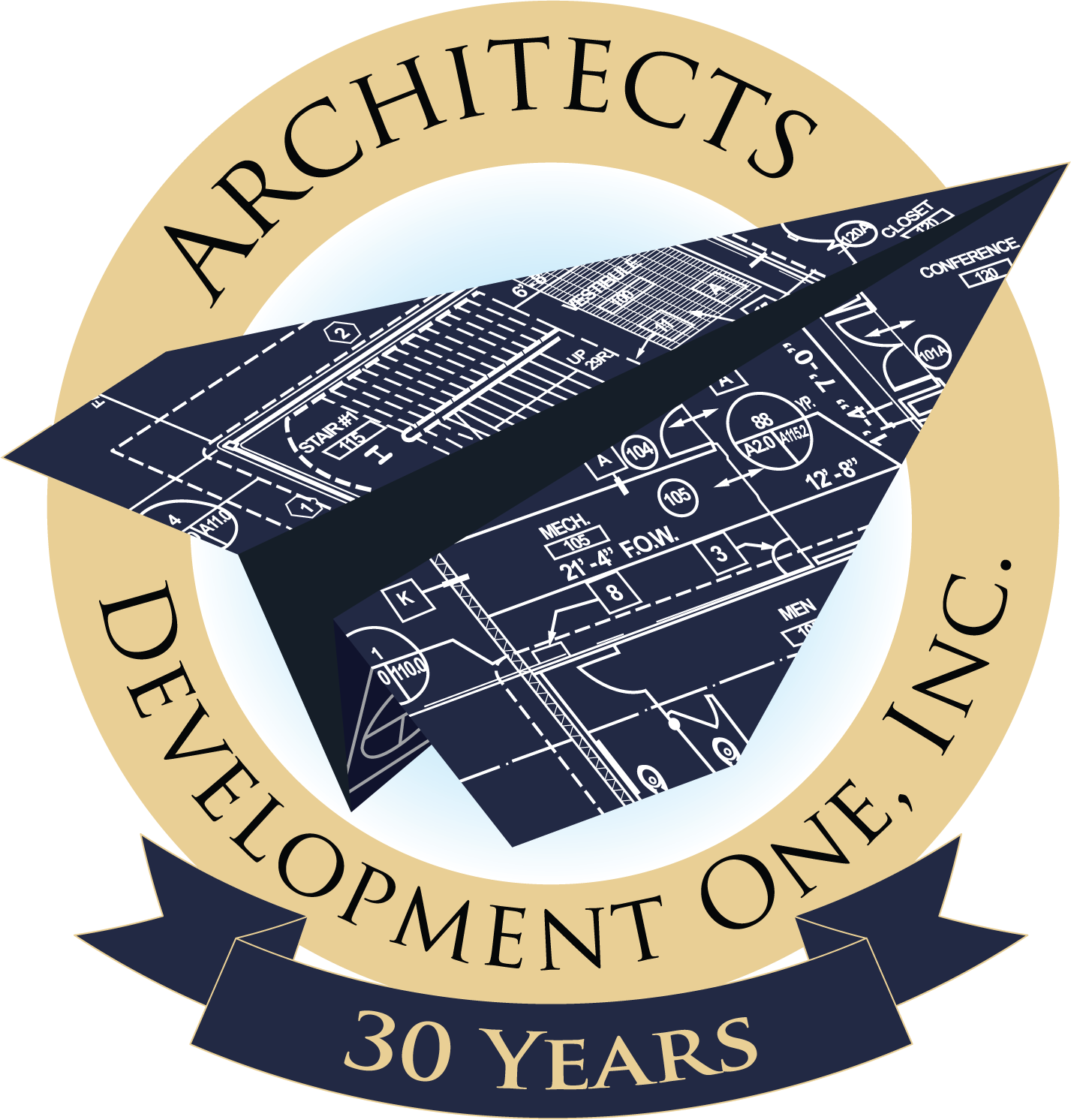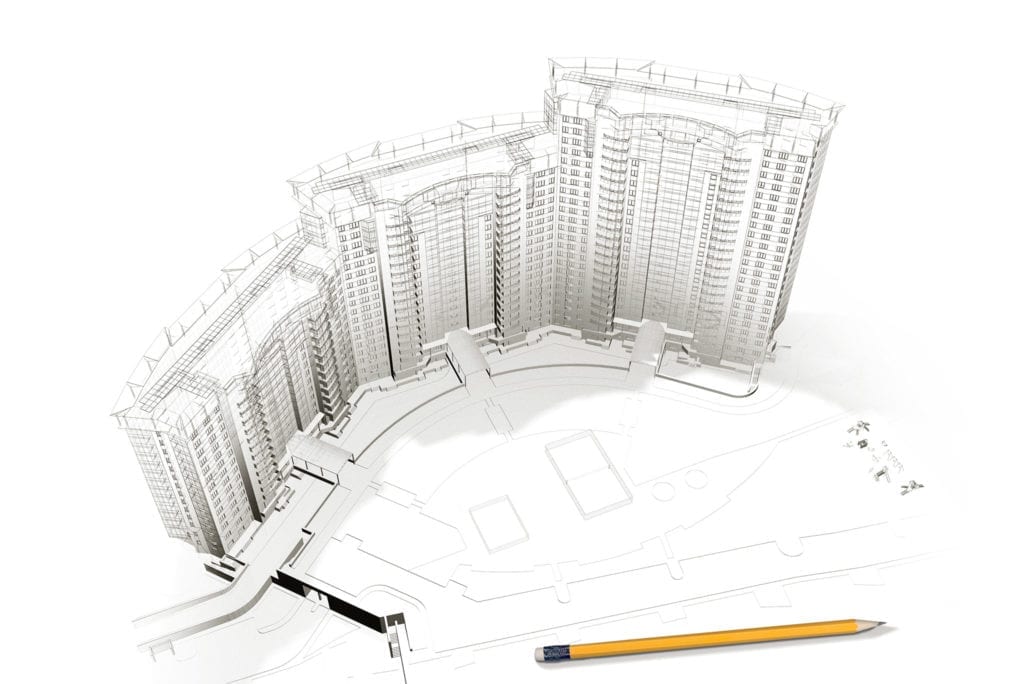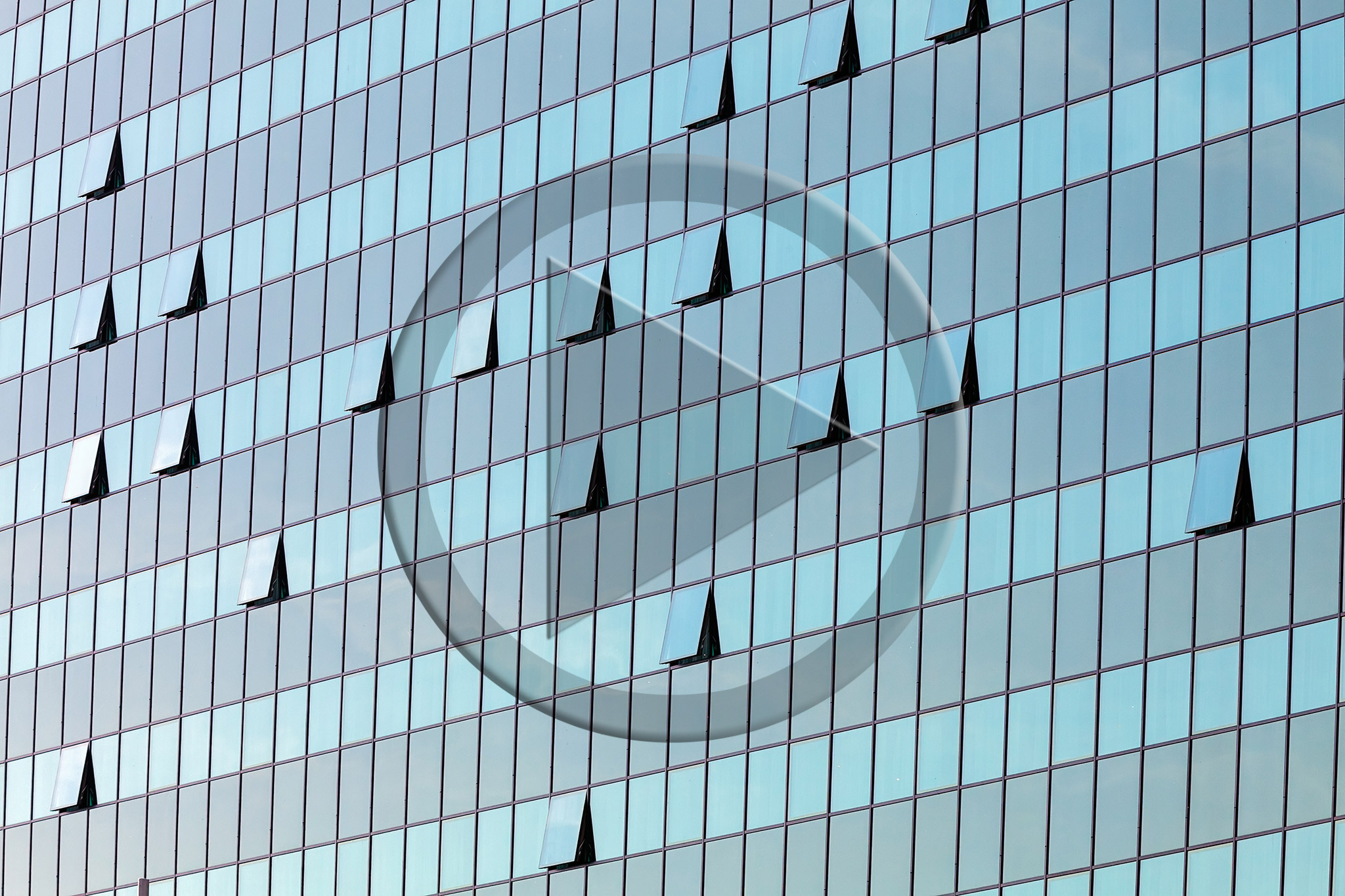Design Perspective Explained
Design perspective is a graphic representation of the design of a building. It shows what it’s going to look like after a facility finishes the building phase. There are different ways to look at this subject.
How to Develop a Design Perspective
Developing this perspective and showing the way you developed it is important. The recommendation is always that the design perspective should be at human scale. This means that it looks like a human being is looking at the building. It shows from an angle that they may experience. There are many ways to do this. It could be as if they are walking by, as they approach the building, as they are entering the building. Also, it could be from a distance. It has to be able to represent how the end user is going to be able to look at the actual building.
The Importance of Design Perspective to a Client
The ability to present that graphic depiction to the client will make or break their acceptance of the design. Design perspectives are critical in every design. We designed a facility for Fulton Airport, their new terminal building. When our client saw the design perspective, he actually shed a tear. That’s what he told us, because it gave him a visual of what this building was going to look like. In the past, he only had it in his mind regarding what this would look like. We were able to bring this to life. The true intent of a design perspective is to bring that design to life in front of the client.
A History of Rendering
There are different ways to develop a design perspective. Back in the day, we used to do all of this by hand with paper and pencil. Some architects got good at doing a freehand sketch of what buildings were going to look like in real life. Soon after, there were techniques that came into the picture. There were two-point perspectives and three-point perspectives. You were also able to develop these on paper. I remember studying how to do this, and I was proud of being quick with developing perspectives. By quick I mean two to three days. Moreover, now you can do it in a matter of hours because of all the computer programs that are available out there. These not only help you model this design perspective in real dimension, but they also help you render it.
Rendering a design means to add beautification to the building. It also shows details of what that’s going to look like: adding color, sky, light, and vegetation. There are a lot of programs that are able to help you do that. What we used to do in three days, today you can do in a matter of hours.
Rendering is a lost art from an architect’s perspective. From an artist’s perspective as well. But the true purpose of a perspective is still there. Also, it is a critical part of the design process. Almost all of my projects have design perspectives.
Mode of Communication
It’s important to be able to communicate what that building is going to look like after it is built. There is no better way to communicate that than through a perspective drawing. Some people also call it isometrics, axonometrics, or design perspectives. It’s a 3D view of what that building is going to look like.
They say that a picture is worth a thousand words. Well, in architecture, a perspective is worth a thousand words. You present that perspective and it’s going to help you persuade the client to go with your design. Also, a client should always ask what the end product is going to include in the design process.
It is unusual if the designer does not use a design perspective. Then they’re missing out on one of the most important parts of the design process. Also, it is an important part of the design deliverables. This is especially if the project is a full building, a remodel, or an addition and space from outdoors.
You need a good representation of space from inside as well. If you’re remodeling the inside, you want to be able to see what that’s going to look like. Also, as a client, you can request the interior design perspective as well. It is for certain that design perspectives are critical to being able to visualize the end product.




